In fitness, as everywhere else, the coronavirus has pulled no punches across the globe. Whether you’re on full quarantine, kinda-lockdown, or you’re free to train in a mostly empty gym, we’ve all been asked to make some form of compromise to our typical routine. It’s forced many people to get innovative, and also take stock of what was really important and unimportant in their training.
One thing that is definitely showing itself to be important? Flexibility. And I’m not talking about your tight hamstrings. I’m talking about being able to make the most of any situation, in any setting, with any (or no) equipment.
While the world is still struggling to figure out what to do next, the fitness lessons of this stage of the COVID-19 crisis are looking pretty clear. Here’s what I’ve seen people learning, and what I try to pass along to them as a coach and trainer
Lesson 1: Have Realistic Expectations
I’ve seen an alarming number of articles circulating the internet that seem to be claiming you can “make new gains” using a simple bodyweight training program alone in your living room—even if you’re coming off of a long history of moving heavy weights and doing specific patterns with machines.
Let’s get real.
This isn’t to come across like a downer, but if your goals involve insane strength or packing on tons of muscle, you’re not about to set new records by performing bodyweight-only work, or working out with a pair of 5-pound dumbbells. The best you’ll be able to do is maintain your current levels of muscle and strength until you can return to the training that promotes your specific goals—and even that is going to require work.
 ://www.bodybuilding.com/images/2020/august/real-fitness-lessons-of-lockdown-inset1-700xh.jpg”/>
://www.bodybuilding.com/images/2020/august/real-fitness-lessons-of-lockdown-inset1-700xh.jpg”/>
But this isn’t a bad thing—it’s just a push for you to set new goals in the interim. And it’s up to you to either let that push guide you somewhere positive, or hold your ground and feel frustrated. A poorly equipped gym and some floor space makes for a great gateway to things like calisthenic training and conditioning workouts—the kind of things that help you shed some fat, get a pump, and give your joints a break.
There’s nothing wrong with the sort of fitness that isn’t based in top-level strength, epic performance, or anything remotely elite. When it’s all you’ve got, there’s a case for focusing on feeling pretty good and staying lean-ish. So if you’ve been struggling to see that, well, see it.
Lesson 2: Be at Least a Little Equipped
I can make an endless list on useful home gym equipment to buy, but the article would end up being 8,000 words and be no different than any other list. I know you’re probably not about to stock your home gym with everything that a big box gym has. Serious equipment is more expensive than ever, and just as inconvenient as ever. It’s for a certain type of person, but not most of us.
So no, I’m not recommending squat stands, barbells, and hundreds of pounds of plates. I’m recommending cheap, bare essentials that can go a long way, and that take up little to no space in your closet or a corner of your bedroom or living room. Things like:
- 2 Pairs of Dumbbells: You read it right: two pairs. One light pair—say, under 20 pounds—and one heavier pair, preferably over 40 pounds. This gives you the freedom of making some good combinations and having an array of exercises to choose from that can challenge most muscle groups in a pinch.
- 1 Kettlebell, Medium Weight: Not a pair, just a single. Why? The amount of unilateral or bilateral conditioning you can do with a single kettlebell is unreal. How heavy do you go? I’d suggest choosing a weight you can still comfortably strict press over your head six times with one arm. For many people who train, that’s probably going to be 16-20 kg, or 35-45 pounds. If that sounds heavy, go with 8-12 kg, or 19-26 pounds.
- Exercise Mat and Adjustable Bench: Just like you’d find at the gym. A basic mat and typical bench that adjusts from flat to incline to upright are going to be immensely helpful. Yes, you can try to make a bench out of a yoga ball or some other thing in the house. Me, I like having an actual bench. There are solid, inexpensive ones out there that can work equally well for step-ups, supported rows, and all types of presses. It’s worth it.
- Loop Bands: Get a variety. One skinny, one medium width, and one heavier. It’s nice, but not essential, to have a small loop for wrist and hip work, also.
 ://www.bodybuilding.com/images/2020/august/real-fitness-lessons-of-lockdown-inset2-700xh.jpg”/>
://www.bodybuilding.com/images/2020/august/real-fitness-lessons-of-lockdown-inset2-700xh.jpg”/>
And that’s it. Like I said, a couple hundred bucks is more than enough to spend on this, and it’s a worthwhile investment without getting deep into four-digit territory with heavy-duty space occupying weight equipment.
Lesson 3: Embrace Higher-Rep Training
Sure, you can try to get crazy strong at home, knocking out single-arm push-ups and other solid feats. But again, that’s not for most people. I say that when you’re strapped for equipment and gym access, if it ain’t double digits, it ain’t worth your time. Nuff said.
Lesson 4: Program in Patterns
You can try to recreate your bro-split with the equipment above, and you might be able to do it for a while, but I recommend thinking a bit differently about your split. One of my favorites for home training is:
- Day 1: Vertical lifts
- Day 2: Horizontal lifts
- Day 3: Core/miscellaneous
That approach allows you to focus on certain muscle groups more than others on certain days, while still giving the benefits of full-body training, like fat loss and time efficiency. Here’s how it can look in a program.
Day 1: Vertical Movements Perform the exercises in order with no rest between exercises and 1 min. of rest between sets. Goblet Squat 4 sets, 12 reps (no rest) 
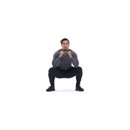 + 5 more exercises
+ 5 more exercises
Note: If feet-elevated push-ups are too easy for you, take your big dumbbells (if they’re stable) and try what I call “suicide push-ups.” Note that the hips are high, like a pike push-up.
Day 2: Horizontal Movements Perform the exercises in order with no rest between exercises and 1 min. of rest between sets. Bulgarian Split Squat 4 sets, 10 reps (left side, no rest) 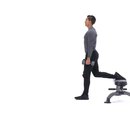
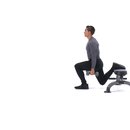 + 5 more exercises Day 3: Core/Miscellaneous PAIRED SET Perform the exercises in order with at least 1 min. of rest between exercises and 90 sec. of rest between sets. Lying Leg Raise Perform with a slow negative, similar to a dragon flag. 5 sets, 6 reps (rest 1 min. )
+ 5 more exercises Day 3: Core/Miscellaneous PAIRED SET Perform the exercises in order with at least 1 min. of rest between exercises and 90 sec. of rest between sets. Lying Leg Raise Perform with a slow negative, similar to a dragon flag. 5 sets, 6 reps (rest 1 min. ) 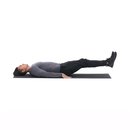
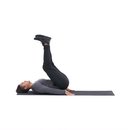 + 3 more exercises
+ 3 more exercises
Lesson 5: Have Lots of Varieties In Your Back Pocket
One thing we’ve all learned is that timelines aren’t set in stone. So don’t just follow a workout, find a pattern you like and have different variations of movements ready and waiting when the ones you’re doing get too easy. Here are some of my favorite upgrades to movements in that program:
Instead of Single-arm dumbbell row: Fisherman row
Instead of Floor angel: Prone plate transfer
Instead of single-leg glute bridge: Glute L-bridge
Instead of bird dog: Bear dog
Instead of Lying leg lift: single-leg negative dragon flag
Instead of Dead bug: Weight-resisted dead bug
Gym2k.com Articles



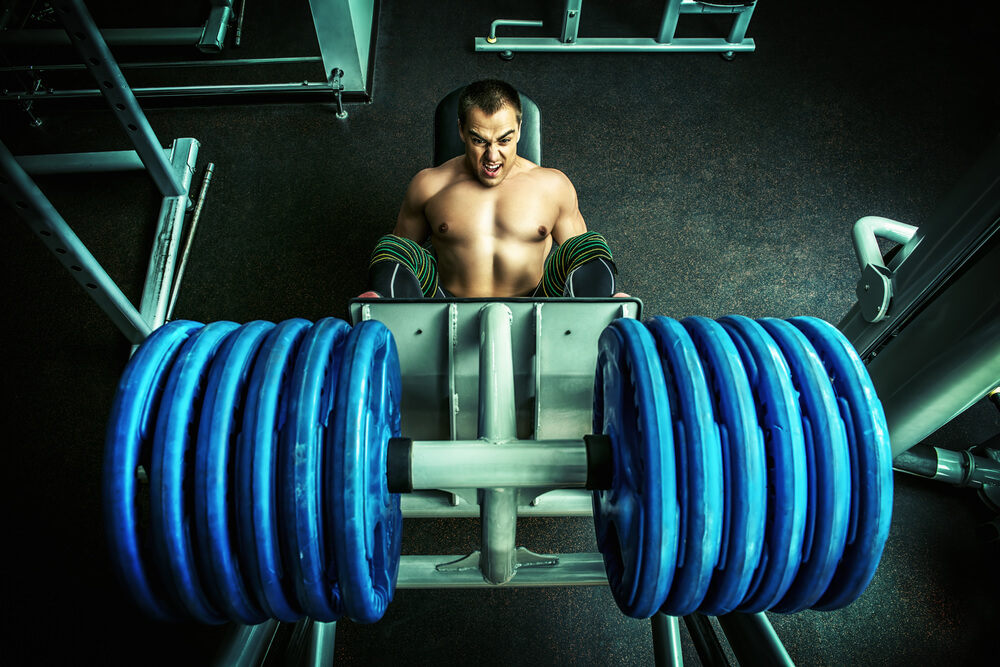


Leave a Reply
You must be logged in to post a comment.